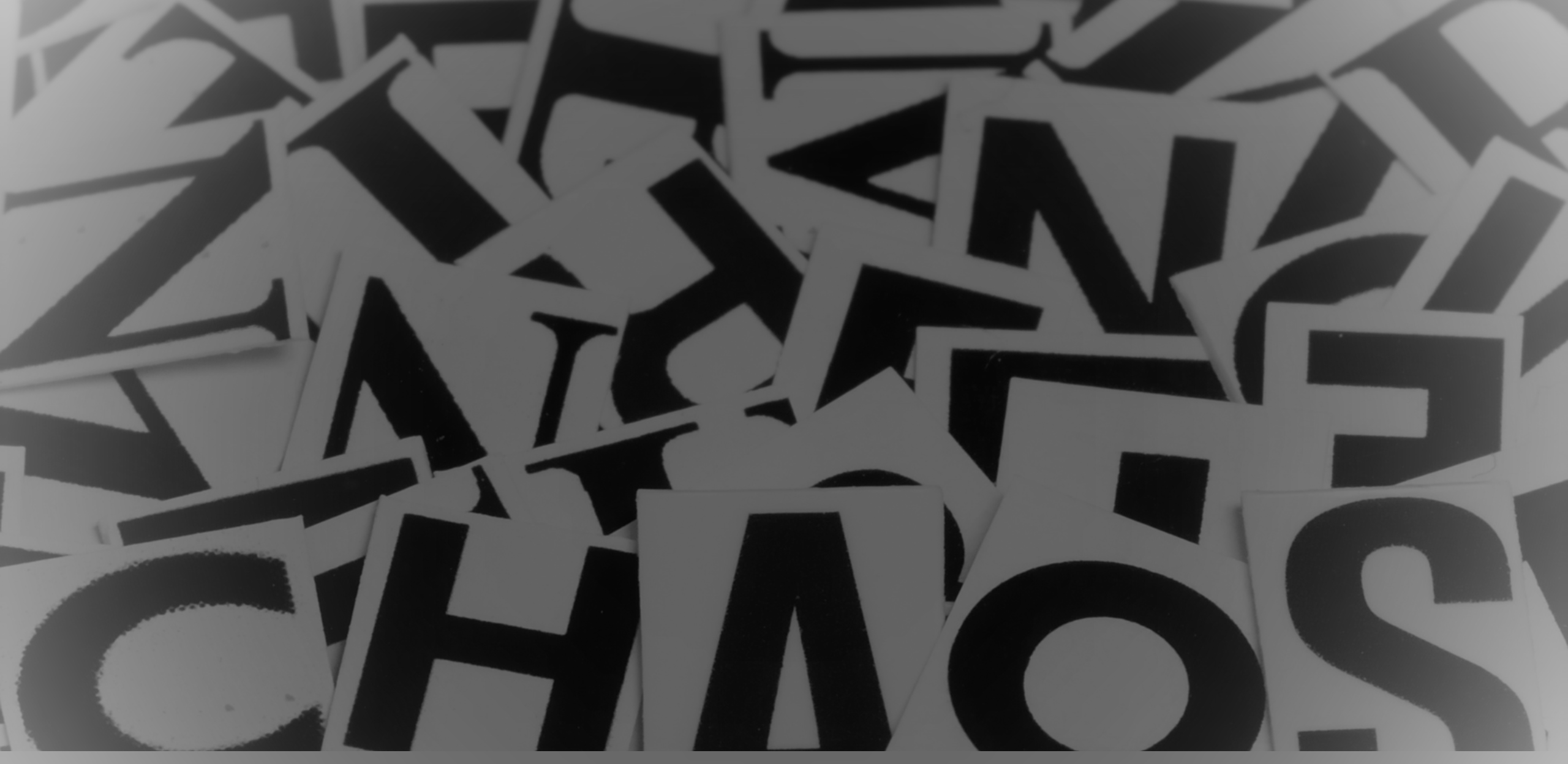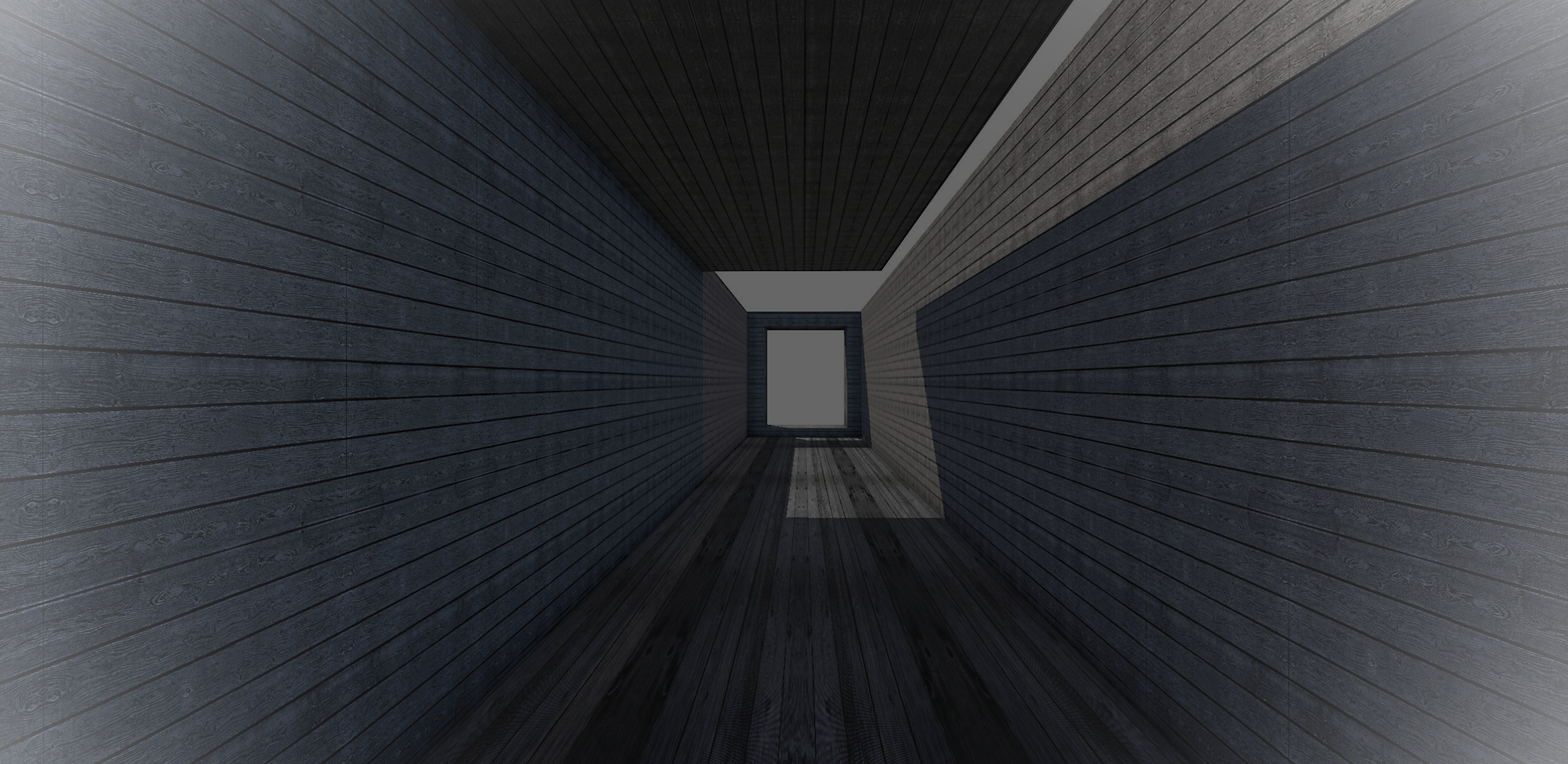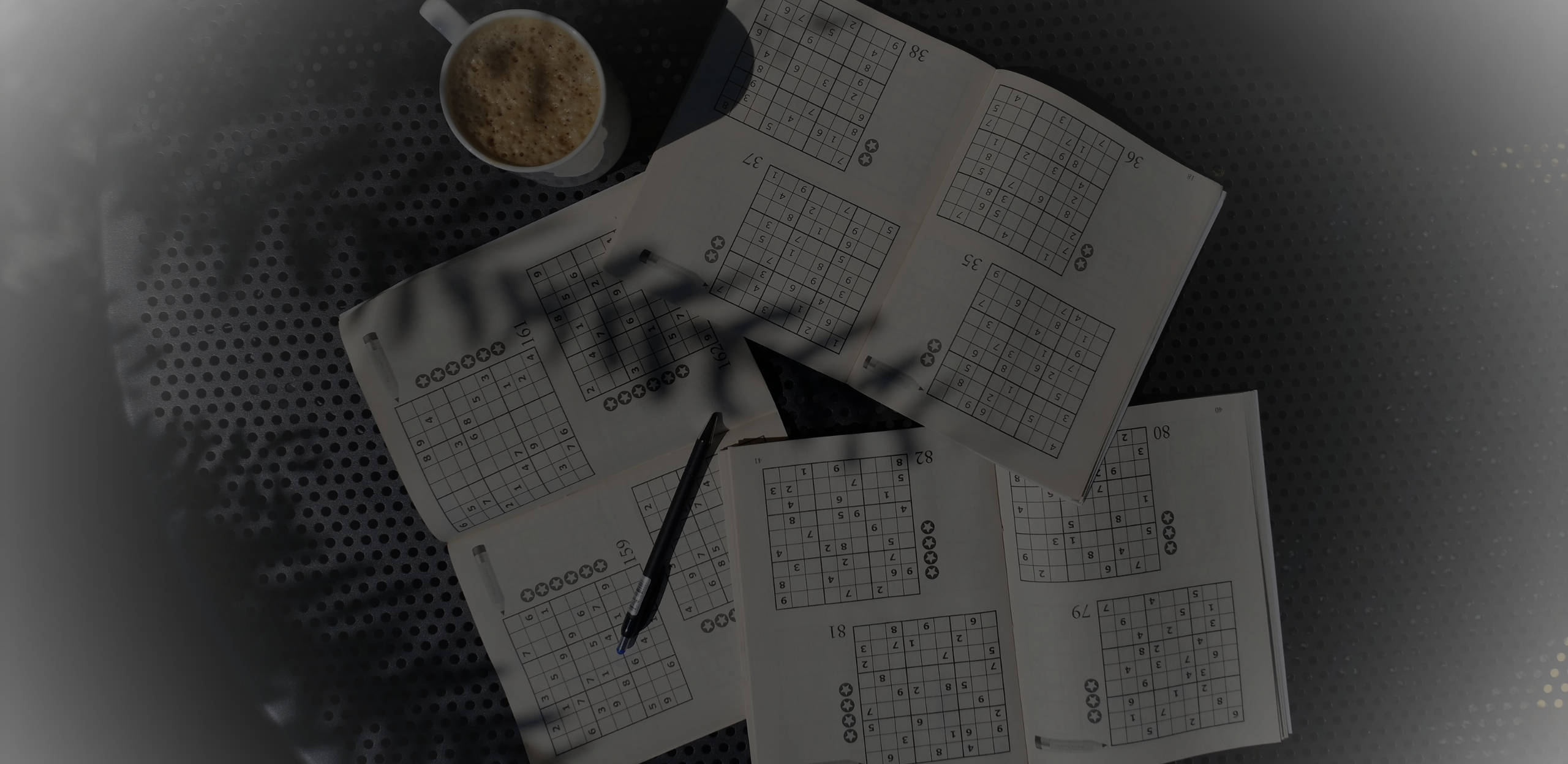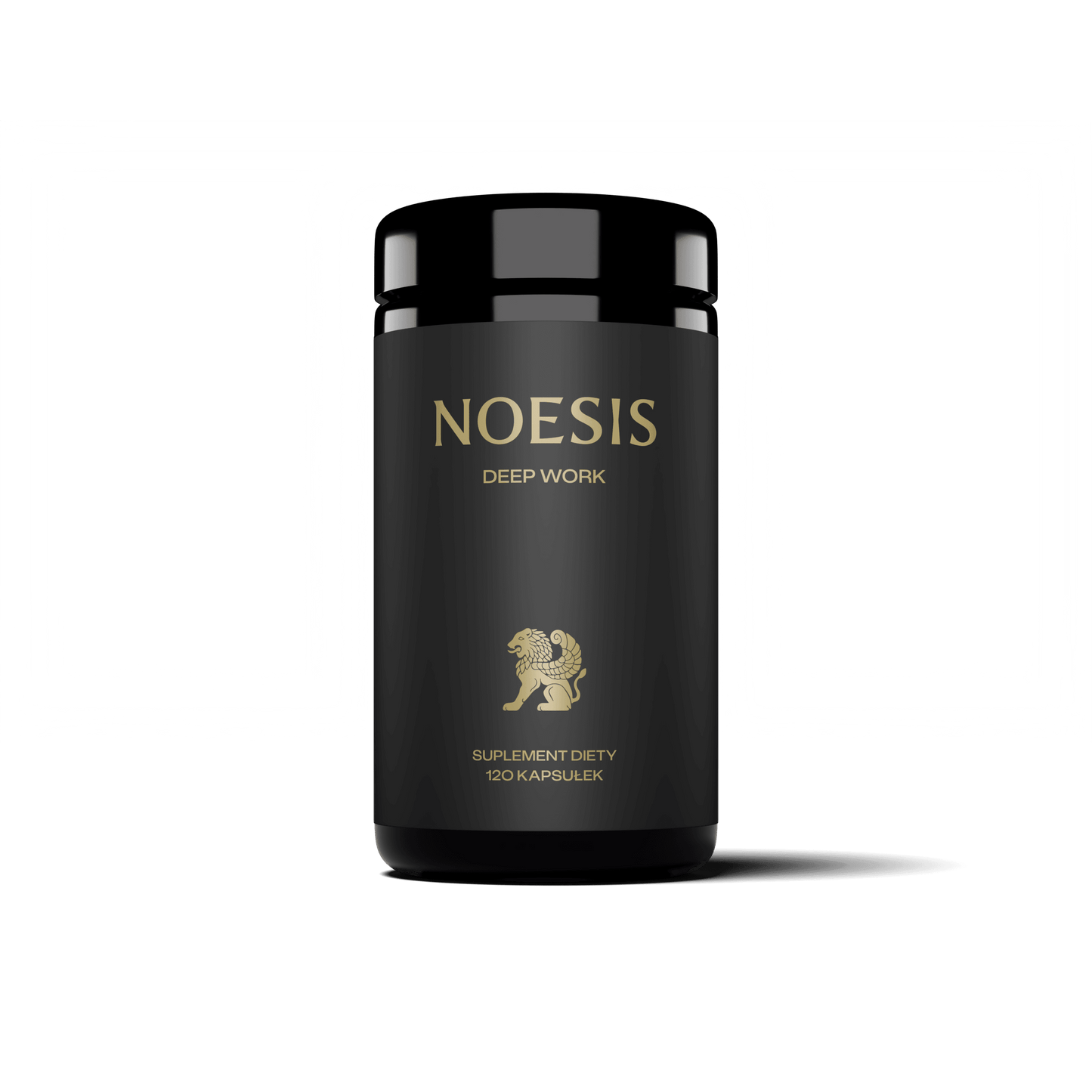
Many people believe that creativity is a gift. Something you either “have” or you don’t. You are either an artistic soul or you have an analytical mind and you have to stick to Excel. This is one of the most harmful lies that circulates in the world. Because creativity is not a character trait, it is a decision you make every day.
What is creativity?
In the psychological literature, you will find many different definitions of creativity. One refers to the ability to create new ideas, another to generate solutions that are both new and useful. It all boils down to the fact that creativity is the ability to think outside the box in specific conditions. And this skill can be learned. Just like you learn to present, manage people, or write a strategy.
Why is it so important? Because in today's business, enterprise, education, and life in general, innovation has become an inseparable element of everyday life. If you can't create ideas, adapt, react in a non-standard way, you're out of the game. And it's not about creating revolutionary products. It's about the way you write emails, conduct conversations, solve tasks. That's where true creativity begins.
Do you feel like being creative? It's not about inspiration. It's about decision, discipline, and acting despite doubts. It's about the habit of looking at the world from a different perspective.
Creativity training begins with abandoning perfection
Want to be creative? Then stop trying to be perfect. Seriously. Perfectionism is the biggest killer of creativity, “doing something perfectly” doesn’t give you the space to create something new.
Creativity training is about starting before everything is buttoned up. Starting to think before you know where you're going, allowing yourself to make mistakes. Because only then do you open your mind to something new.
In practice? That means you don't wait for the project to be perfect. You start. You don't look for a "better moment". You just do it. Don't try to create a "brilliant solution". Come up with 30 ideas, even bad ones, and only then choose. Because that's true creativity. Not through a flash of genius, but through systematic combinations.
Psychological literature is clear: originality and innovation do not come from control, but from courage. The courage not to know. To start despite uncertainty. To experiment where most people stop.
If you want to have more creative solutions in your enterprise, business, or everyday life, stop suppressing the process in the name of perfection. Allow yourself to do imperfectly. Because it is from this "imperfection" that innovation is born, which cannot be forced into shortcuts.

Creativity in everyday life
People think creativity is something reserved for artists, ad agencies, and Silicon Valley startups. Wrong. The greatest creative potential is in your everyday life. In how you cook, how you talk to your child, how you resolve tensions at work, or how you plan your day.
Because it’s the everyday micro-decisions that build your ability to react outside the box. And they make the difference between “making it through the day” and “redesigning it your way.”
Innovation isn’t always a big revolution. Sometimes it’s a change in the order of a morning ritual, an experiment with food, a different way of writing down tasks, a new way of sharing information in a team. All you need to do is stop and ask: “Can this be done differently?”
Change of perspective
When the classic approach fails, you need to turn the problem upside down. Literally. The "Changing Perspective" technique is a tool for people who want to develop the ability to create solutions where it seems impossible.
Instead of asking, “How can we fix this?” you ask, “How could we break this?” You list all the ways you can ruin a project, discourage a client, kill a sale, demotivate a team. And then you reverse every one of those answers.
This gives you new ideas that you wouldn't normally notice. You break the mold and open your head. In business, in an enterprise, in designing products, services, processes, you can, thanks to this, see what the competition doesn't see.
Creativity training at work
If your company's daily activities resemble ticking off bullet points from a to-do list, it means that innovation is failing. And this is not a people problem, it's a lack of a culture of creativity.
Creativity training at work is about giving the team space to test, mix, ask uncomfortable questions. It's not about brainstorming with pizza. It's about real experimentation with processes, communication, offer.
Start simple. Have a process? Change one step. Have a product? Add a feature that no one expects. Have a service? Redefine what it really is for the customer. Let people on your team test something new once a week, even if 90% of the ideas are nonsense. The 10% that work can't be bought for any amount of money.
In a company, creativity is about allowing yourself to think like children who don't yet know that "something can't be done." And then implementing what works. You don't need better people. You need better conditions for them to be creative.
Stress and fatigue block creativity faster than a lack of ideas
You can have the best tools, an open team, and time on your calendar, but if you are in a state of overload, creativity simply won’t happen. The brain, under stress and fatigue, doesn’t generate new ideas. It fights for survival.
Psychological literature is clear about this: the inability to think creatively is often not due to a lack of talent, but to a lack of regeneration. If you don’t have the resources, you don’t have the space to create something. Instead of connecting the dots and thinking outside the box, you start repeating patterns, just to “get it done and done.”
That's why it's so important to take care of the well-being of employees in companies that require innovation. It's not about giving more benefits. It's about not bringing them to the point where creativity is a luxury, not the norm.
The same applies to you. If you are constantly running on reserve, don't be surprised that you can't "come up with something fresh". Your brain is not sabotaging you, it is protecting you. From illness, overload, exhaustion.
The ability to create is the ability to take care of your own resources. And if you really want to develop creativity, start by stopping killing it.

Exercises that really develop creativity
You can't develop creativity just by reading about it. The brain is like a muscle. It develops through work, through effort. That's why daily creativity training is so important.
Puzzles, sudoku, charades, crosswords, DIY, decorating, drawing, jigsaws, origami. These "childish" games. Each of them forces you to think, to concoct, to look for unusual ways. This is exactly what you need to develop the ability to create new ideas.
Build associations between distant concepts. Create your own mind maps. Tell a story based on three random words. Draw a product or service that doesn't exist yet. These exercises not only stimulate the imagination. They teach your head flexibility. And flexibility is the basis of innovation in business, enterprise, technology, but also in everyday life, when performing a task or solving a problem with a child.
It's not about being an artist. It's about thinking differently when most people choose a pattern.
After reading this article, choose a problem you have at work and come up with 10 solutions. No judgment. And watch what happens to your head.

Creativity is a process, not a sudden flash
People like to think that creativity is a flash in the pan. That you sit there, nothing happens, and then BOOM you have an idea that changes everything. It sounds like a movie. And life is not a movie.
Creativity is about going through a process. First you have a problem. Then chaos. Then the "this doesn't make sense" stage. Only then does the solution emerge. And only those who can endure the process come up with something truly valuable.
In the psychological literature, this is called incubation. The time when you can't see the answer yet, but your brain is working in the background. Scheming. Mixing. Looking for connections. And suddenly, out of nowhere, an idea appears. But for that to happen, you have to go through all that dirty stage before.
That's why innovation requires patience. You have to be willing to work on a task that seems hopeless. You have to be able to operate in a state where nothing works. Because that's where real creativity begins. Not when it's easy, but when it's hard.
The best creators, leaders, engineers, and strategists aren’t faster. They’re more resistant to frustration. That’s what sets them apart from the rest.

CASE STUDY
Paul Buchheit, one of Google's engineers, started tinkering with his own idea in his spare time. He didn't have the green light from the board, there was no team, there was no budget. Instead, there was one goal: to create a better mailbox that actually works. With faster search, more capacity, better UX.
What did Google do? Instead of blocking him, they let him test. And he was no exception. The company had a 20% time rule back then. Every employee could spend a fifth of their time on any project they felt was valuable. No top-down approvals, no corporate brief.
It was thanks to the opportunity to experiment that Gmail was created. Today, it is one of the most popular services in the world. And it was not the result of brainstorming at a conference table. It was the result of trusting people and creating conditions in which creativity is not only allowed, but expected.
Creativity doesn't come from procedures. It comes from freedom, testing, and the courage to act outside the box.

How to introduce creativity into everyday tasks?
You don't need big ideas to be creative. You don't have to design a new technology, a new brand, or invent an app that will change the world. Creativity in practice is doing things differently that you do every day anyway.
Have a repetitive task? Stop. Ask one question: “Can this be done differently, faster, easier, better?”
If so, change. If not, question further. Because it is from this attitude that innovation is born. Not from grand visions, but from focusing on small details.
In life, at work, in running services, managing products, communicating in a company, you can apply a creative approach everywhere. Instead of another email, record a voice note. Instead of a boring presentation, make one slide with a point. Instead of another meeting, make a decision right away.
Innovation is not a project. It is a habit. You either have it or you develop it. You have to decide every day whether you do as usual or you postpone.







